The Staffordshire terrier is described as a strong, lively, gentle and incredibly loyal dog. Despite its fighting appearance, this pet is capable of deep love and attachment, and with proper upbringing will become a reliable companion for all family members. All this makes the Stafford an incredibly interesting breed, worth a more detailed study.

History of the origin of the Staffordshire terrier
The history of staff originates in Great Britain of the 18th century. At that time, dog fighting was extremely popular, and to participate in these bloody entertainments, strong, hardy and courageous dogs were needed. To create the perfect player, English breeders crossed the Old English Bulldog, known for its strength and courage, with quick and agile terriers that had excellent fighting skills. This is how a new breed of staff terrier dog appeared.
At the end of the 19th century, dog fighting was prohibited by law and Staffords quickly adapted to a new life. They are a perfect example of how a breed can transform from a fighting dog to a friendly and loyal family companion.

The appearance of the Staffordshire terrier
The American Staffordshire terrier makes a strong impression at first glance: stocky build, head with strong jaws, well-developed chest, broad back, powerful paws. His face is short, with a clear transition from the forehead to the nose, the eyes are dark and round, and the ears can have both a natural shape and a standard shortened one with the help of cupping. Usually, the height of the staff at the withers reaches 36-41 cm, the weight varies between 11-17 kg for females and 13-20 kg for males, and the average life expectancy is 12-16 years.
A characteristic feature of the breed is short, close-fitting wool, which has a smooth and pleasant to the touch structure. It can have a variety of colors: black, brindle, white, red, blue, or a combination of several colors.
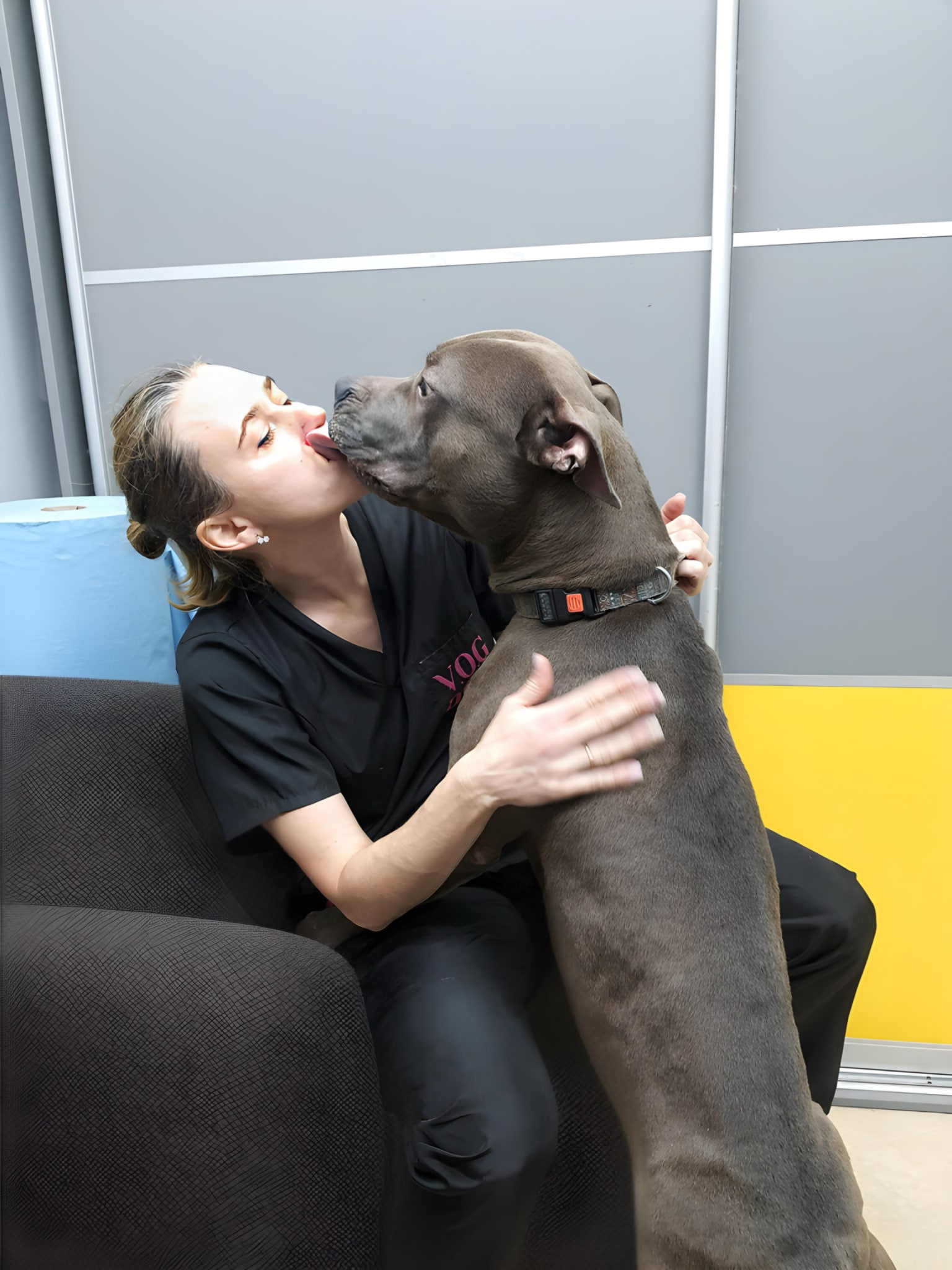
Staffordshire terrier: character and temperament
Staph is a breed of dog that easily destroys stereotypes. Behind their external strength and formidable appearance, they hide a soft and friendly character, and families with children note their extreme patience, caution and willingness to protect small family members. Dogs have a special attachment to their owners and a willingness to please.
They are very intelligent, able to quickly learn new commands, especially when the training takes place in the form of a game of any kind. Why is this important? Because Staffords have a cheerful nature, and their interest quickly fades if the activities become routine.
As for temperament, this is an energetic and active breed. Staff dog likes physical exercises, long walks, games in the fresh air, therefore, it is ideal for those people who are actively involved in sports and are ready to devote enough time to their pet’s physical activity.
The guarding instincts of the breed cannot be ignored. Wariness of strangers may be more pronounced if dogs have not been properly socialized from an early age. In the opposite case, staffs become confident, able to easily recognize friends and potential threats.
Training and socialization
With the right training, the Amer Stafford Terrier can become a wonderful, friendly and obedient dog for any family. To do this, training should start at an early age and be based on patience, consistency and positive reinforcement. To avoid misunderstandings, you should keep the same rules during classes throughout the dog’s life and avoid cruel training methods, as staff can react to aggression with mistrust or even stubbornness.
Socialization is another important component of raising a pet, which begins at the same time as training. In order for dogs to accept new acquaintances calmly, confidently and without aggression, they need to be actively introduced to other people and animals, visit special areas for dogs, walk in different places to accustom them to new sounds and smells, as well as avoid fear and stress in the future
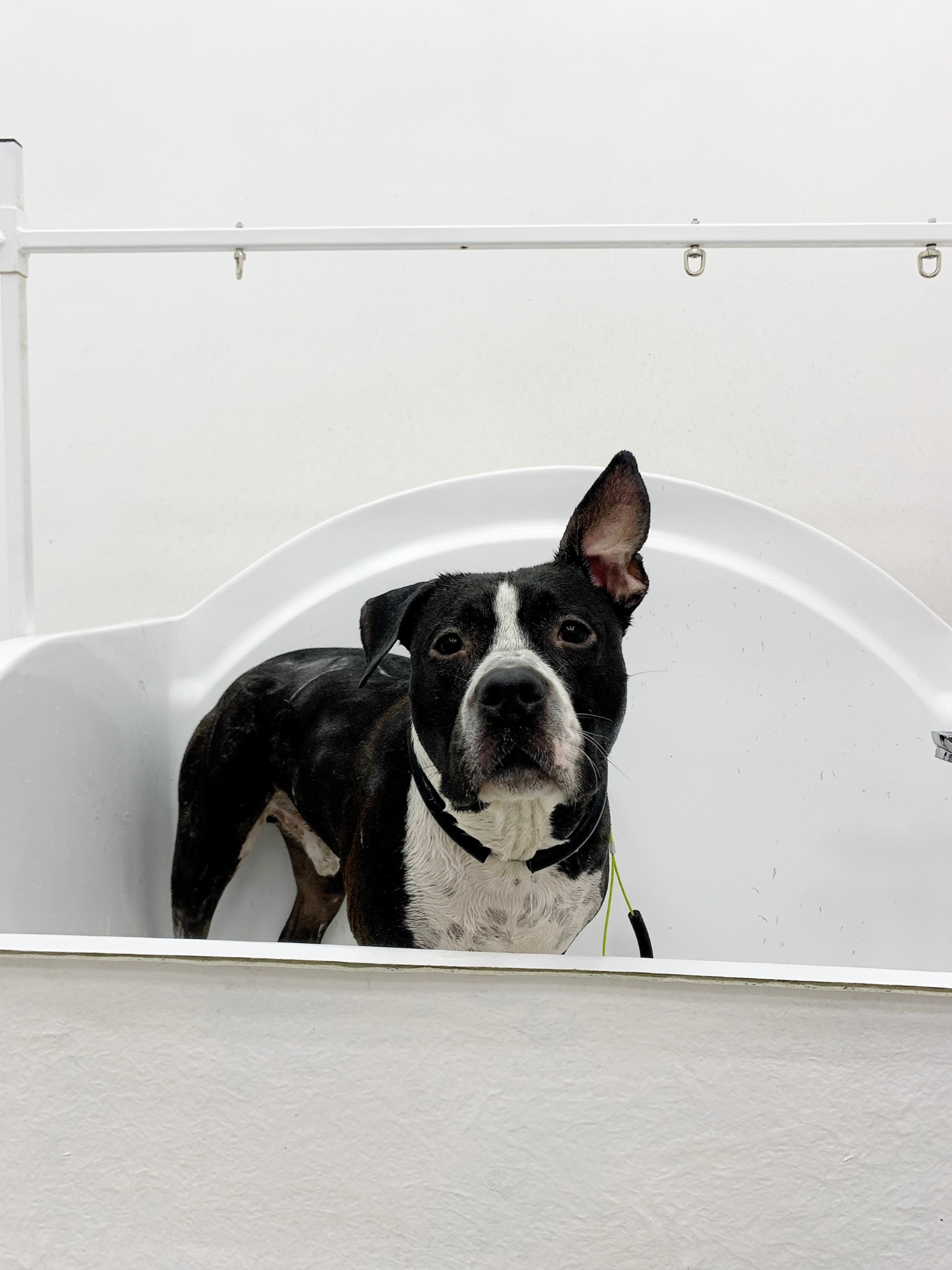
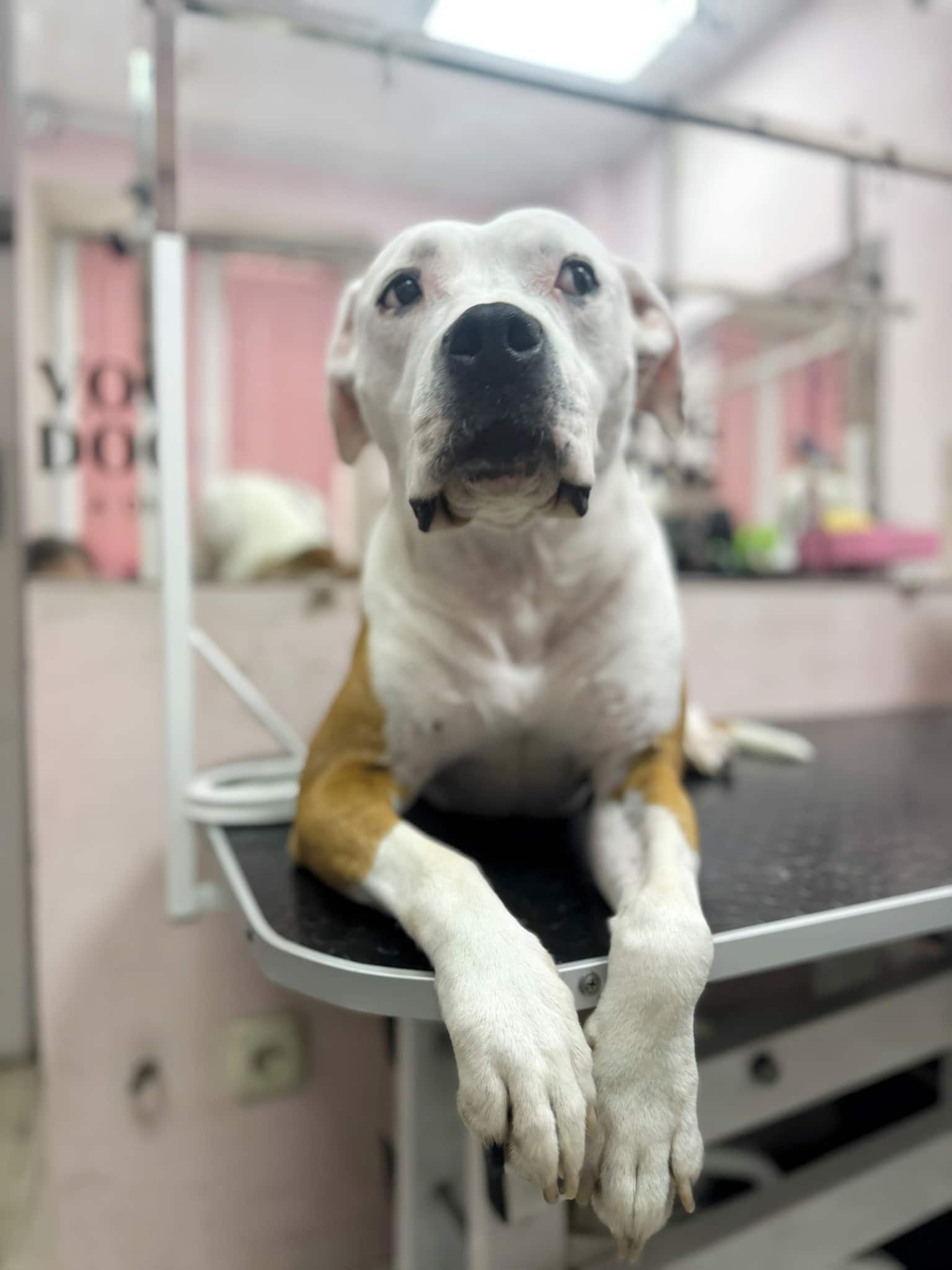


Staffordshire terrier care
Grooming a Staffordshire terrier is simple, because their coat is short and you only need to comb the dog with a rubber brush or a special glove once a week to remove excess hair, massage the skin and improve blood circulation. During molting, which usually happens twice a year, you can do this a little more often to keep the house clean. Other hygienic procedures should be performed with a certain frequency: to avoid discomfort while walking, cut the claws once a month, check the ears for dirt and inflammatory processes every week, bathe the pet once every few months (except in cases of heavy pollution after a walk), and brush the teeth with a special paste and a brush 2-3 times a week, and once a year we consult a veterinarian for ultrasonic cleaning.
As you can see, the Staffordshire terrier needs minimal care, but its importance is invaluable. Prevention is always better than cure, less expensive and less stressful for both you and the dog. It should also be noted that Staffies themselves are strong, healthy dogs, but they can suffer from hip dysplasia or heart problems, and therefore it is worth visiting a veterinarian for preventive examinations at least once a year, timely vaccination, treatment against parasites and deworming .

Nutrition: balance and quality
Staffordshire terriers have a tendency to gain weight quickly, therefore, first of all, it is necessary to monitor the quantity and quality of the diet, limit the number of goodies and products from the table. The diet should contain sufficient protein for muscle maintenance, as well as fat and carbohydrates for energy. To determine the optimal portion size, you can be guided by the recommendations of the feed manufacturer or consult with a veterinarian, who will take into account the individual needs of your pet depending on its age, weight and activity level. It is best to use a premium food specially formulated for active, medium-sized dogs that will provide the staff with the necessary nutrients and feed it to the dog twice a day. This will help keep your energy levels stable throughout the day.
Staffordshire terrier pros and cons
Amstaff, like any other breed, has its advantages and disadvantages, so it is important to understand whether this dog will be suitable for your family and make an informed decision.
Pros:
- Loyalty and attachment. They love spending time with their family and are ready to protect their home.
- Patience with children. Experienced owners note that Staffords are excellent at controlling force when playing with children, and often show genuine tenderness.
- Learning ability. This breed can be a great choice for people who are interested in training dogs and are willing to spend time developing their pet’s skills.
- Love for an active lifestyle. Staffs will become ideal partners for running, outdoor games or sports activities.
- Strong health. Staffordshire terriers rarely suffer from chronic diseases characteristic of other breeds, and with proper care can live up to 15-16 years.
Cons:
- The need for activity and attention. Due to their energy and activity, staffs require a significant amount of physical and mental stress. Without enough walks and activities, they can show destructive behavior.
- Spending time on education. If dogs do not receive proper education from an early age, they can show aggression towards other dogs or strangers.
- The need for constant control in games with other animals. Staffords are often friendly, but their natural instincts can provoke conflicts with other dogs. Therefore, owners must constantly monitor the game process and intervene if necessary to prevent misunderstandings.
- Perception of breed in society. Unfortunately, Staffordshire terriers sometimes face a negative attitude from society due to stereotypes about their aggressiveness.
In conclusion, the Staffordshire Terrier will make a harmonious addition to the family of active people who are willing to invest time in its upbringing, training and socialization. Constant control and attention to the needs of your pet will give you a loyal and reliable protector with a tender and loving heart. Such a contrast of external strength and internal kindness will not leave anyone indifferent, but it is necessary to understand all the above-mentioned disadvantages of the breed and be ready for active actions.


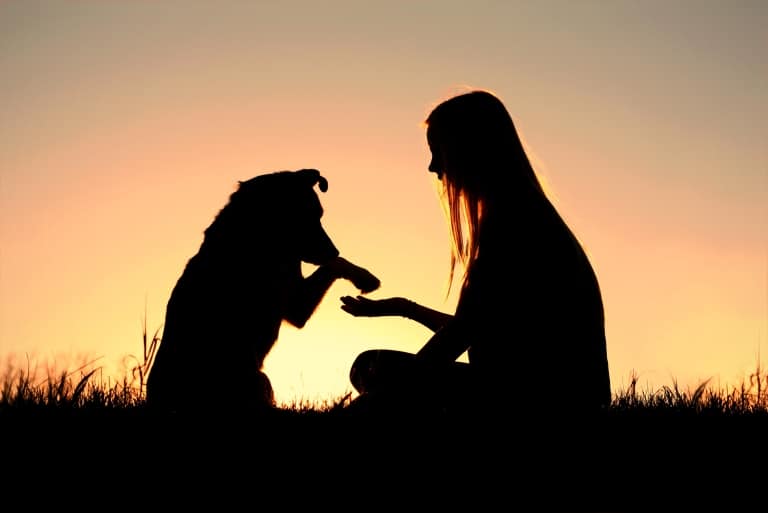



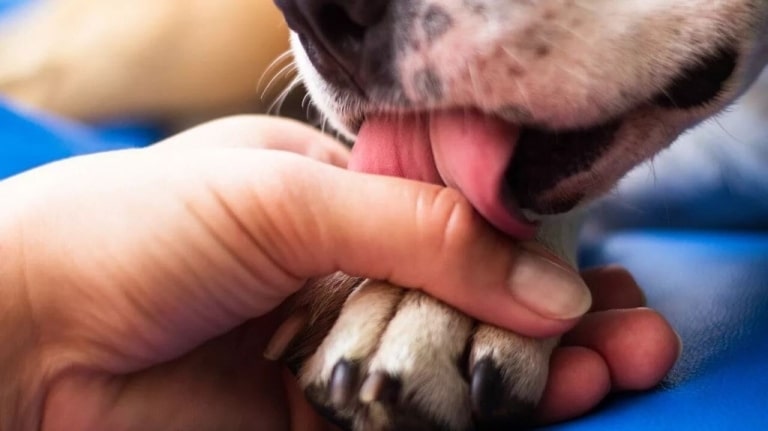



Your blog is a beacon of light in the often murky waters of online content. Your thoughtful analysis and insightful commentary never fail to leave a lasting impression. Keep up the amazing work!
Wow, such words are a true reward! It’s so nice to know that our content is appreciated. We work for wonderful and grateful people like you! Thank you for your support!